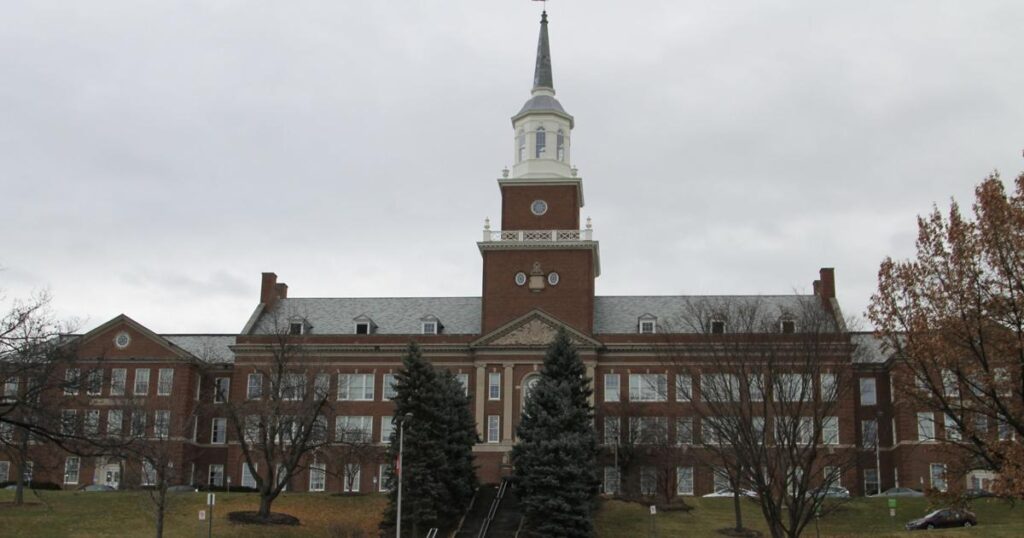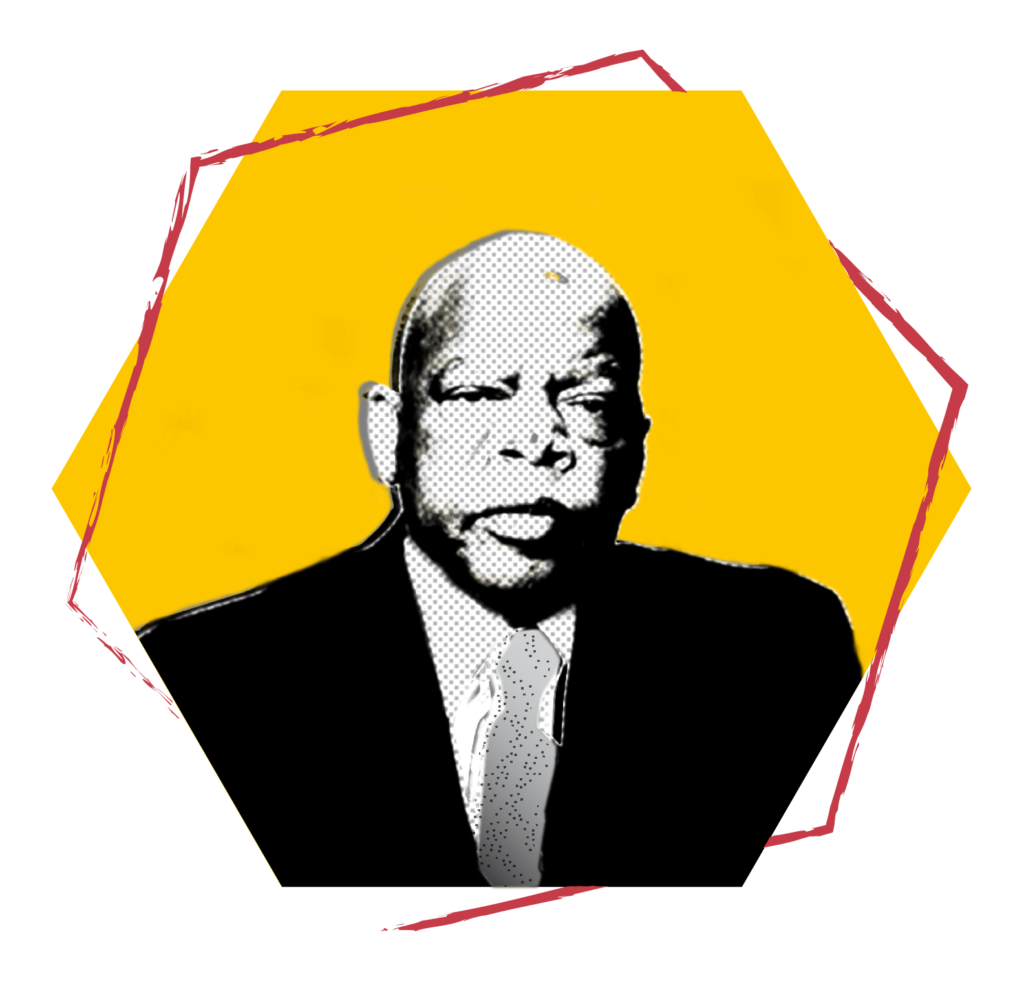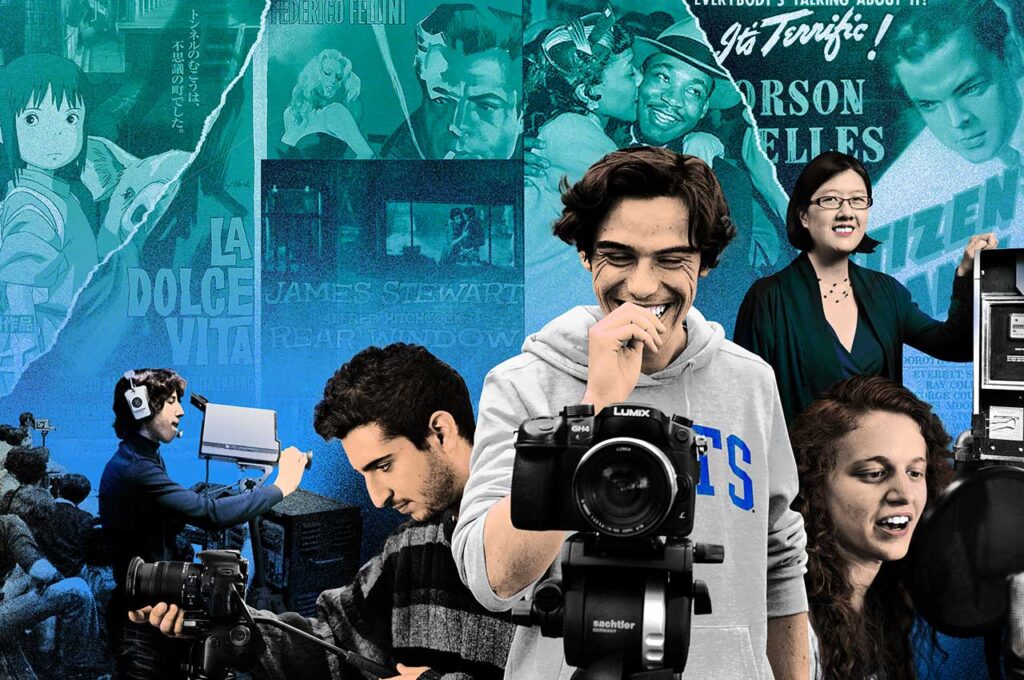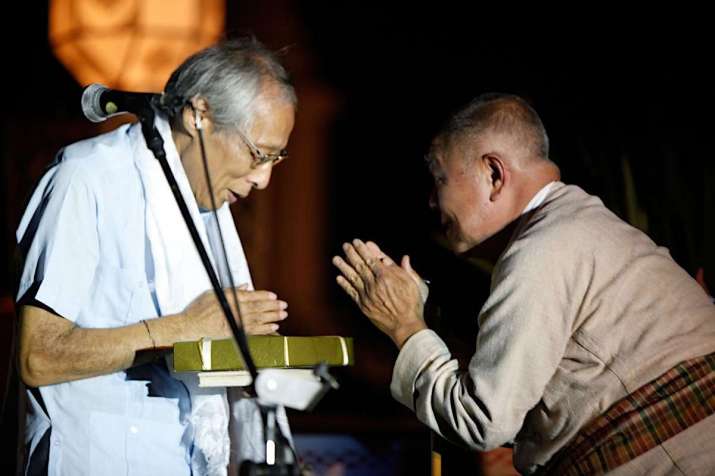Absolut Vodka’s rainbow-coloured Outrageous bottle, launched in 2008, celebrating 30 years of marketing to the gay community, won plaudits. Where many brands proclaim themselves queer friendly, the trend peaked. With a substantial amount of Corporate pink-wash likewise, it is difficult to identify the correct intent. All of these concepts merging into “LGBT Marketing” are the new ins.
But marketing is not the frontier. What if I told you that the LGBT theme would emerge as a new brand or category in its own right? Would it surprise you if you saw LGBT as a category along with men, women, and children when shopping through an online app?
The expulsion of Section – 377 and the LGBT movement in India has affected the social system in a positive way. Discrimination, stigma around homosexuality and rejection got a legal boost. But integrating the acceptance of these identities requires a profound change in behavior.
In the midst of social transformation, the movement is gradually mutating into other aspects of our lives as well. Especially areas, which revolve around our ethnicity and culture. Business and society – the two are firmly linked around social exchange. The fit in one would have a chain response in another.
In any case, good to mention that these changes would bring an improvement. As Qantas’ Openly gay CEO Alan Joyce said –
“We have a very diverse environment and a very inclusive culture and these characteristics have gotten us through the tough times. Diversity has generated better strategy, better risk management, better debates and better results.”
Interestingly, here are some sectors that are experiencing gradual changes due to LGBT social acceptance-
· fashion industry – India has notable designers who belong to LGBT. However, previously ridiculed, their fashion sense and taste would emerge as new brands. These brands, ranging from clothing to accessories, would change the way India views fashion from a gender perspective. The terms “Queer Fashion” and “Gender-less Fashion” would find new meaning in the years to come. Such brands are now present in some Western countries Underarmour, Otherwild, Wildfang, Bianca Designs, Peau de Loup, to name a few.
· Education – Unsurprisingly, the LGBT movement, as an extension of gender equality and awareness, would also find a place in school textbooks. It took nearly a decade for CBSE to bring Sex education in the regular school curriculum, after 1994, when India affirmed the SRRs (sexual and reproductive rights) of adolescents and young people in the ICPD five-year review. The fate of LGBT education would find it a bit difficult, however, it would happen.
· Entertainment – Released in 1971, Badnam Basti -India’s first gay film, got less attention and was very obscure. But no one would question the kind of stardom, movies like Straw Daisy (2014), Aligarh (2015), Shubh Mangal Zyada Saavdhan (2020) have won. And this list is long.
Likewise, Pragya Pallavi’s album “Queerism” tells us that the music industry is also inclusive. These plays were intended to create awareness and acceptance among viewers. Either way, the future of entertainment has fresh romance, drama, rom-coms, comedy, music videos, albums, and more in its bag.
Beauty and care – American gay celebrity, James Charles Eyeshadow Palette with vivid rainbow shades is a must-have pick for any makeup lover’s vanity. Platforms like Nykaa have chosen LGBT celebrities as role models. A number of LGBT influencers offer unique and original grooming content on social media. Beauty and Grooming is seeing a complete turnaround with these fantastic ideas and products.
marriage industry – With a few names like Bandhan.com, Arranged Gay Marriage, LGBT Matrimony has huge dormant potential. With more and more families accepting these identities, same-sex marriages have grown in popularity. The same could also happen on dating sites, where we have names like Hinge, Bumble, etc.
Five years later, this is what the new Indian market would look like – with a range of businesses, content, ideas, marketing, products and services. And yes, remember, that would make it a better place to live in – an environment that includes all identities and cherishes them with open arms.
Celebrate Pride!


















